
10 Most Interesting Facts About Queen Hatshepsut That Will Surprise You
Deep in the heart of ancient Egypt, one woman dared to be different and defied the course of expected history. She was Queen Hatshepsut, a ruler the world had never known, even to this date. She ruled not only a nation but transformed it into a beacon of prosperity and innovation. The monuments she left behind were as enduring as her legacy. Join Respect Egypt Tours to discover interesting facts about Queen Hatshepsut and uncover a few mysteries of her unusual life.
When Was Hatshepsut Born?

Let’s journey back to around 1507 BCE, the golden era of Egypt’s New Kingdom. Her life story is filled with interesting facts about Queen Hatshepsut, making her one of history’s most captivating figures. In the city of Thebes, within the grandeur of the 18th dynasty, one baby girl came into the world as royalty. Her name was Hatshepsut, and she would one day defy every notion of what a woman could do during these times.
She would have grown up at the royal court, surrounded by the trappings of power, politics, and the rich culture of Ancient Egypt. She watched her father, Thutmose I, grow into the territories of Egypt to solidify a position as an ancient world powerhouse. These early influences planted the seeds of ambition and resilience in the young princess.
She was not just born into life, but she started a journey that redefined women in leadership. The story of Hatshepsut is proof that greatness does not recognize limits, and with Respect Egypt Tours, you can walk in those paths she once trod.
Hatshepsut's Family and Lineage

Every great ruler has a past, and Hatshepsut is no exception. Her lineage offers many interesting facts about Queen Hatshepsut that shaped her destiny as a leader. Daughter to Thutmose I and Queen Ahmose, she was part of Egypt’s royal bloodline, which bred strength and strategic prowess through each successive family unit. It was an avenue in the bloodline that gave her a base for her ascendancy to the throne, even within a male-dominated society.
Her marriage to her half-brother, Thutmose II, wasn’t just a union of love but a political alliance. Together, they ruled Egypt until the untimely death of Thutmose II, which left Hatshepsut to reign as regent for her stepson, Thutmose III. But Hatshepsut was no ordinary regent. She saw an opportunity to lead Egypt herself and seized it with unwavering determination.
Her family relationships were far from simple, and yet she rose to the pinnacle of power. Respect Egypt Tours can take you on a journey of discovery of her ancestry through the temples and monuments left by this lady.
The Life of Queen Hatshepsut
Hatshepsut’s life was a continuum of resilience, ambition, and trailblazing achievement. With her husband’s passing, she became the regent for the young Thutmose III. But the clarity of her intellect and the scope of her vision soon became apparent. Instead of stepping back into the shadows, she proclaimed herself Pharaoh, something that no other woman had done.
Her reign lasted for about 22 years, during which peace, prosperity, and innovation prevailed. She was more interested develop trade rather than conquest and opened trading routes again, bringing wealth into Egypt. She witnessed architectural marvels built and that her people were living well under her regime.
Imagine walking through the ruins of her legacy, feeling the echoes of her visionary leadership. Through Respect Egypt Tours, you’ll uncover the most interesting facts about Queen Hatshepsut’s remarkable journey and leadership.
Was Hatshepsut the First Female Pharaoh?
Hatshepsut was not the first woman to hold power over Egypt, but she was the first to take on the title of Pharaoh. Previous rulers such as Sobekneferu had reigned as queen or co-regent, but Hatshepsut took all the roles, regalia, and titles of a male pharaoh.
Although her bold decision had its challenges, it set her apart as a ruler who would not accept limitations. She didn’t just rule; she rewrote the narration of leadership. Take a tour through Respect Egypt Tours and discover the sites telling the story of this fearless trailblazer.
Her Unique Position as a Female Pharaoh
Hatshepsut didn’t break the mold-she pulverized it. She was a woman Pharaoh who commanded skill and determination in a male-dominated society. She took on male titles, and to further assert her authority, she had artists depict her many times dressed as a man.
Her Title as "King of Upper and Lower Egypt"
One of the most serious steps Hatshepsut took was laying claim to the titular “King of Upper and Lower Egypt.” However, this was much more than just a title; it was state absolute rule. Her inscriptions declare her chosen, somehow equating her leadership with the will of God.
The boldness of this woman follows in every step taken at the temples commissioned by her. On Respect Egypt Tours, one will stand before her inscriptions and feel the energy of a ruler, audacious enough to defy expectations.
Architectural Wonders Commissioned by Hatshepsut

Hatshepsut’s reign wasn’t just about leadership; it was about leaving a legacy. She left behind architectural marvels that continue to awe and inspire visitors.
Hatshepsut and Deir el-Bahri
Hatshepsut’s most famous creation is the Mortuary Temple at Deir el-Bahri, a wonder of ancient architecture. Nestled against towering cliffs, this temple is an example of nature and human ingenuity combined. Its terraces, colonnades, and statues prove evidence of Hatshepsut’s vision.
You will see the reliefs of her trade expeditions to Punt, a land full of treasures while walking along its corridors. The goods that came from such expeditions included myrrh, incense, and gold, which involved her in diplomatic relations and economic prosperity.
The visit to this temple with Respect Egypt Tours is not just a tour but an excursion into time.
Hatshepsut’s Impact on the Egyptian Economy
During the reign of Hatshepsut, Egypt was in the golden age of its economy. She reopened trade routes disrupted during previous conflicts-most notably, most notably the route to Punt. The expeditions she led brought enormous wealth into her country: very exotic products, many precious metals, and plants used in religious and medicinal functions.
Rather than pressing a military advantage, Hatshepsut worked at building alliances and stimulating economic growth. She provided the stability that allowed Egypt to prosper. Today, we can trace the story of her economic genius in the surviving monuments and artifacts.
Challenges to Her Rule
Hatshepsut faced some challenges during her reign. As a female pharaoh, critics and opponents challenged her rule. After her death, Thutmose III tried to erase her from history by defacing her monuments and removing her name from inscriptions.
Despite these efforts, her story survived, a testament to her indomitable spirit. Through Respect Egypt Tours, you’ll uncover the resilience of a ruler who refused to be forgotten.
How Did Hatshepsut Die?
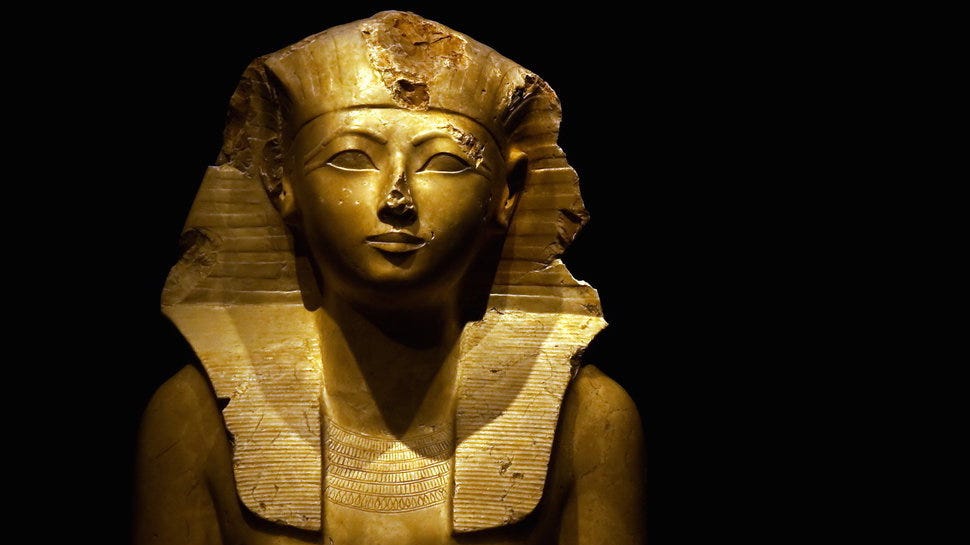
The cause of Hatshepsut’s death remains unknown. According to scholars, the records suggest she might have died around 1458 BCE because of some illness or old age.
The Age of Hatshepsut When She Died
Hatshepsut must have died in her late 40s or early 50s, which was quite a respectable age for those times. The discovery of her mummified body in 2007 shed more light on her health and way of life.
How Tall Was Hatshepsut When She Died?
Forensic analysis places her at about 5 feet 6 inches tall, which was quite impressive for a woman in those times. She was tall, and her stature suggested as much in every sense about her place in Egyptian history.
What Was Hatshepsut Known For?
Hatshepsut is best known for her pioneering leadership, architectural achievements, and economic innovations. Her ability to rule as a woman in a male-dominated society set her apart and her legacy continues to inspire.
10 Interesting Facts About Queen Hatshepsut

- Hatshepsut was one of the first women who declared herself a pharaoh.
- She built the magnificent temple of Deir el-Bahri.
- She reopened the trade routes to Punt.
- Her reign was marked by peace and prosperity.
- She often depicted herself as a man to assert authority.
- Her successor almost deleted from history her name.
- She was an eminent patron of the arts, ordering many works.
- Archaeologists found her tomb in the Valley of the Kings.
- She brought many exotic plants into Egypt from her trade tours.
- Hatshepsut ruled for over two decades, one of the longest-serving leaders ever.
What We Can Learn From Hatshepsut
The story of Hatshepsut teaches us resilience, ambition, and breaking barriers. She showed it does not matter whether one is a male or female, but the vision and will. Her legacy inspires us to challenge limitations and embrace innovation.
Conclusion
Queen Hatshepsut’s reign is a source of amazement to anyone because of its extraordinary leadership and vision. Her life is filled with interesting facts about Queen Hatshepsut that continue to inspire travelers and history enthusiasts alike. From her stunning architectural achievements to her economic innovations, she left an indelible mark on history. With Respect Egypt Tours, you can walk in her footsteps, exploring the temples and monuments that tell her story. Ready to be inspired? Let’s make history come alive together!









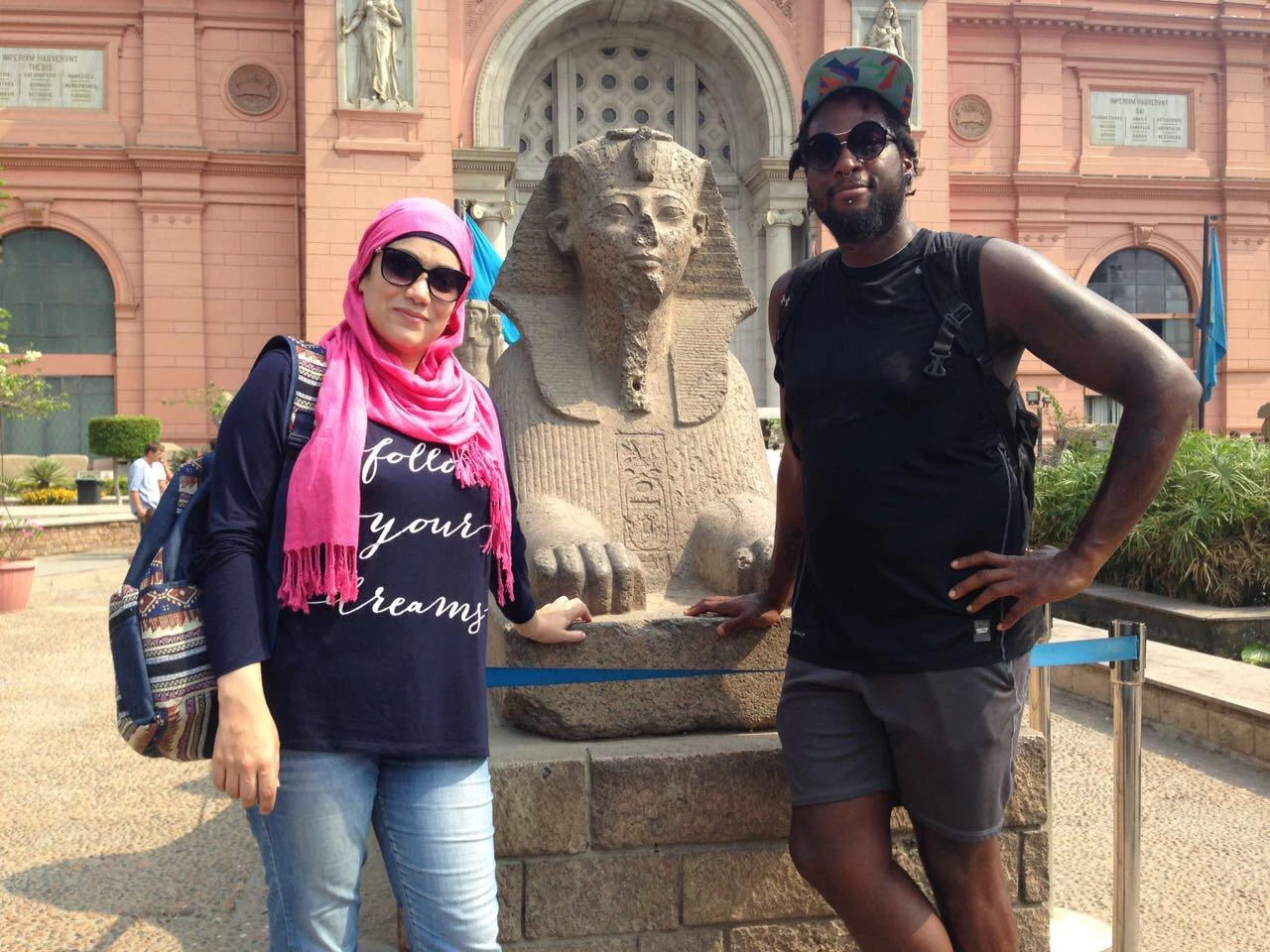
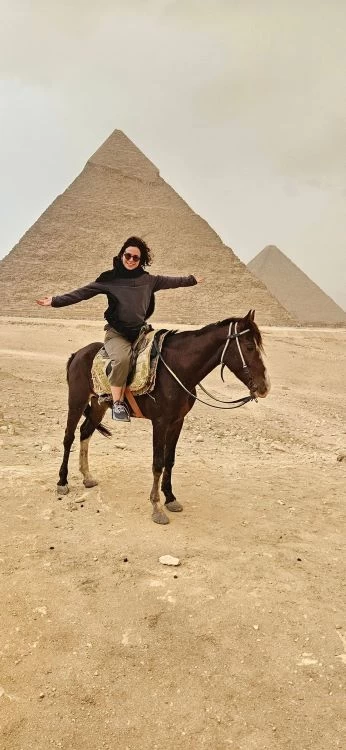

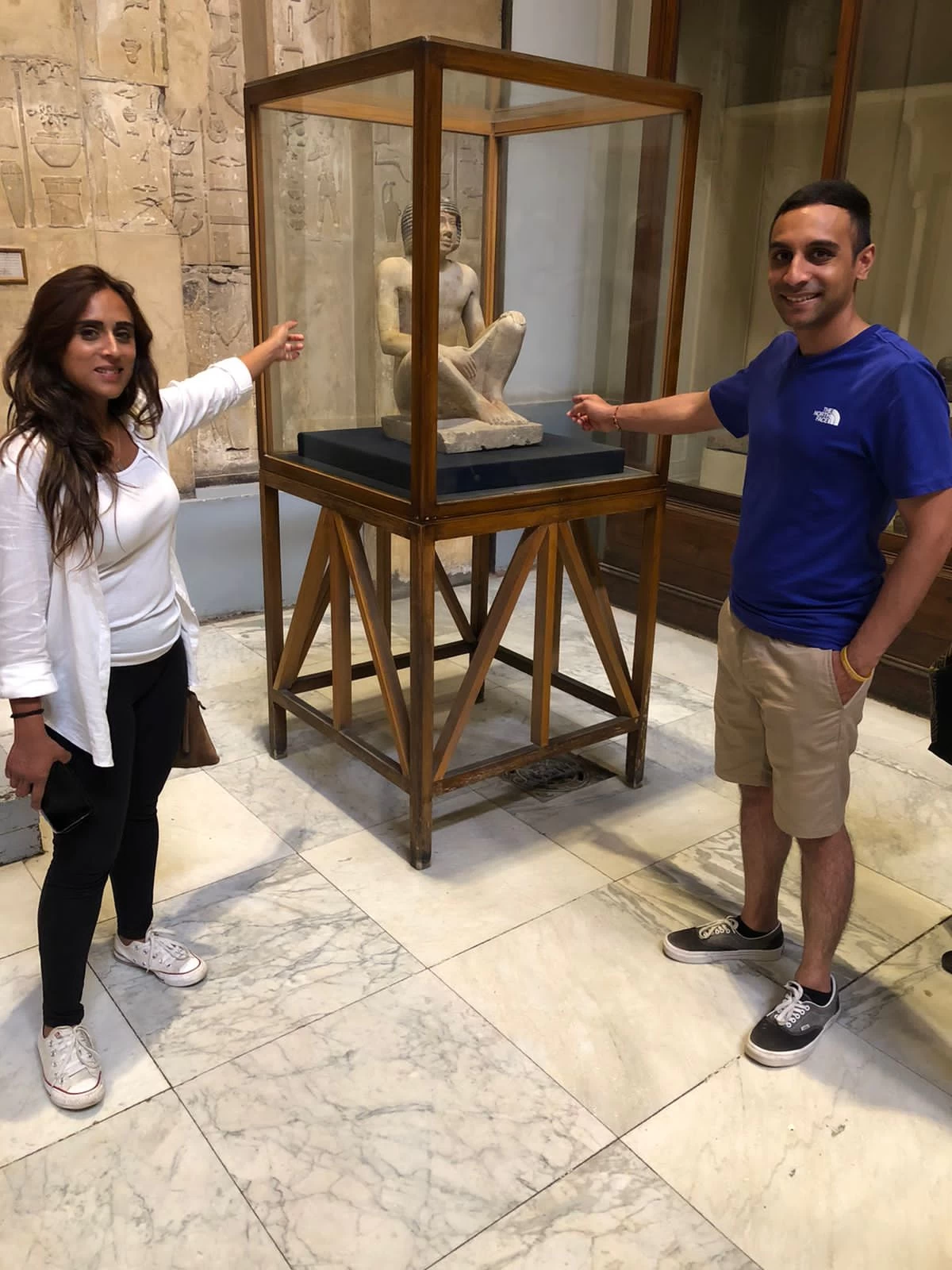

-webp.webp)

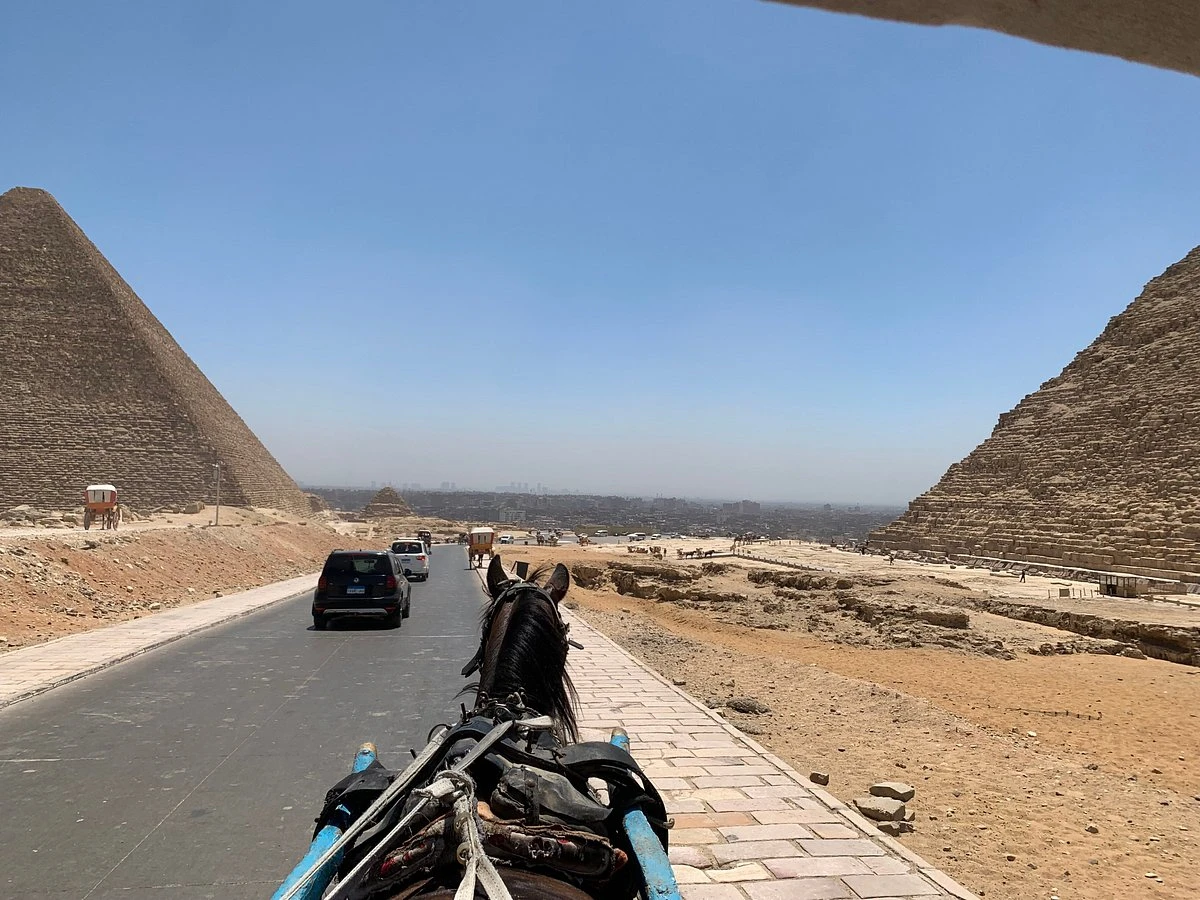
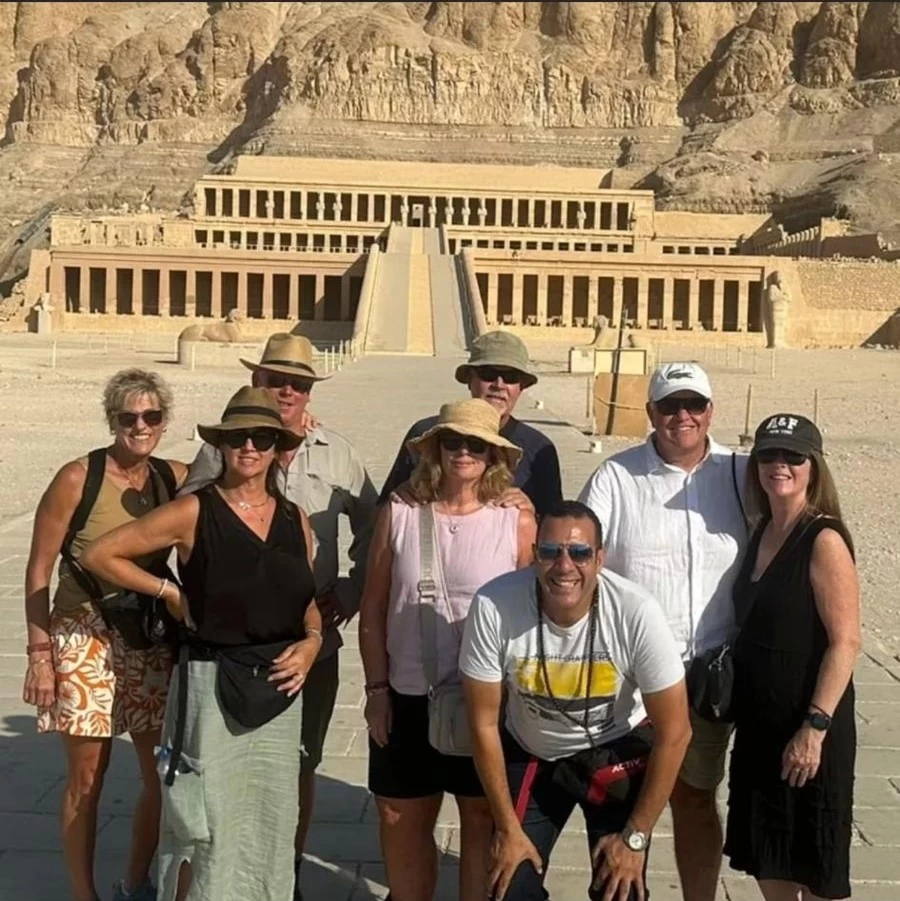
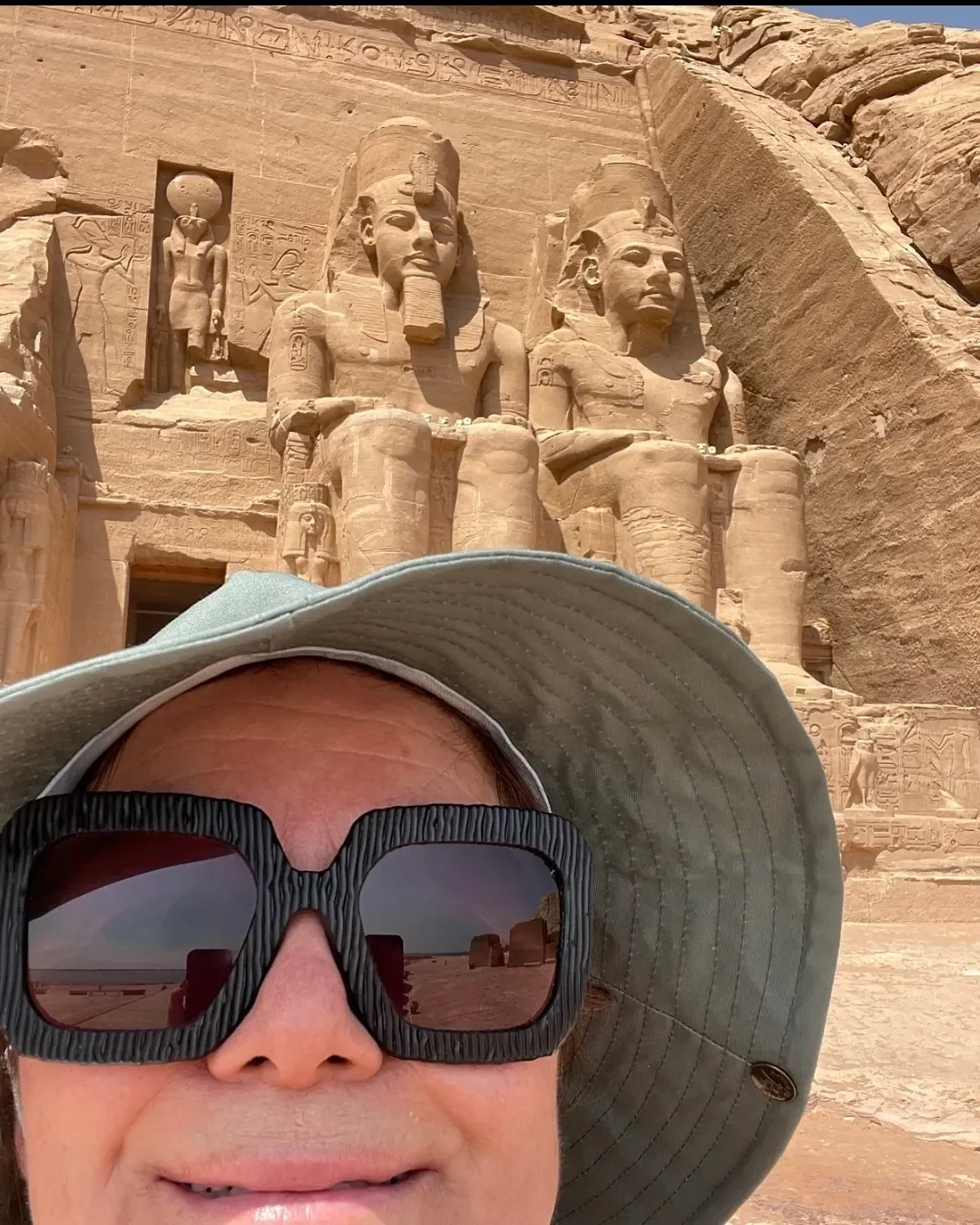

-webp.webp)

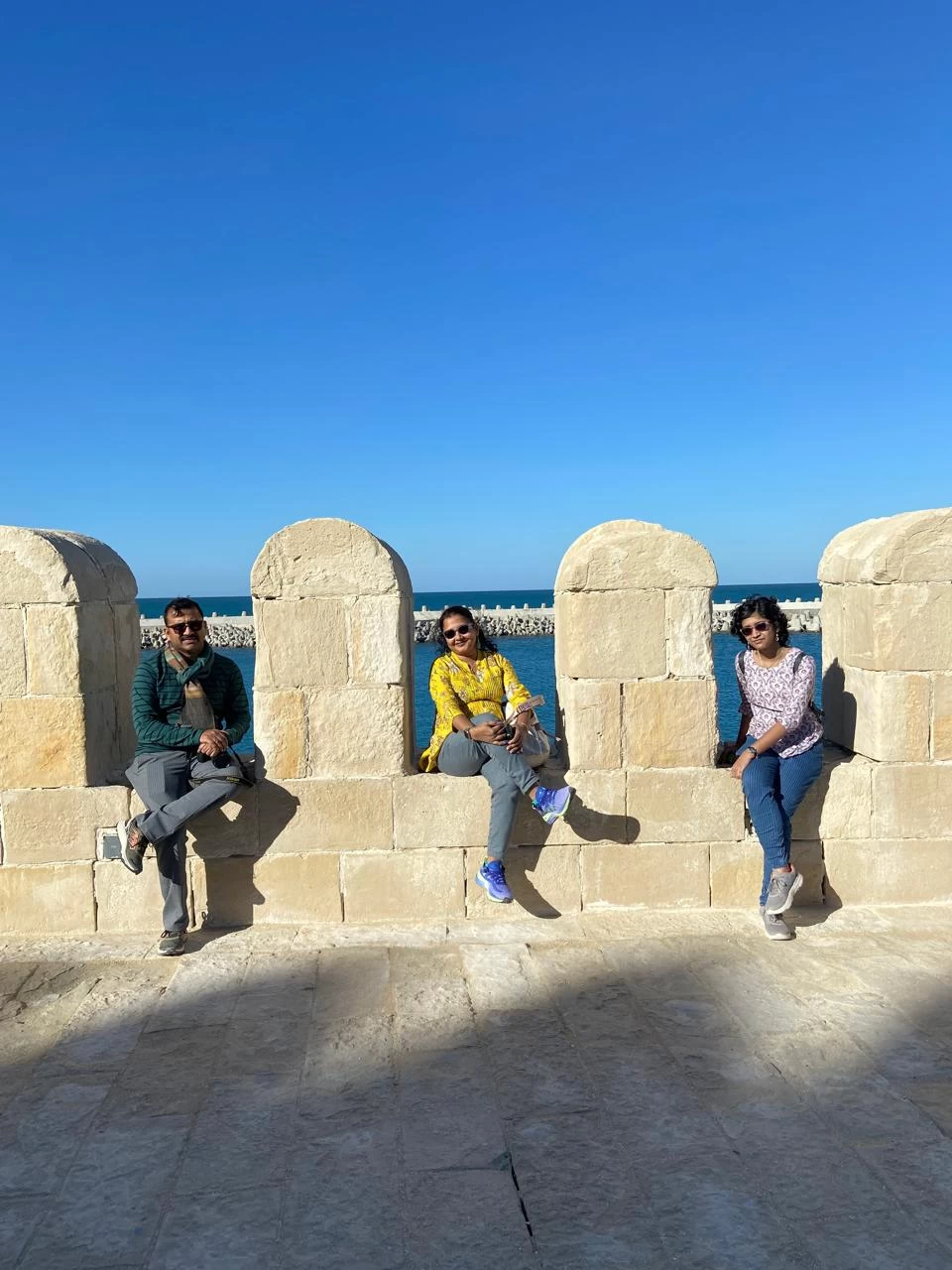


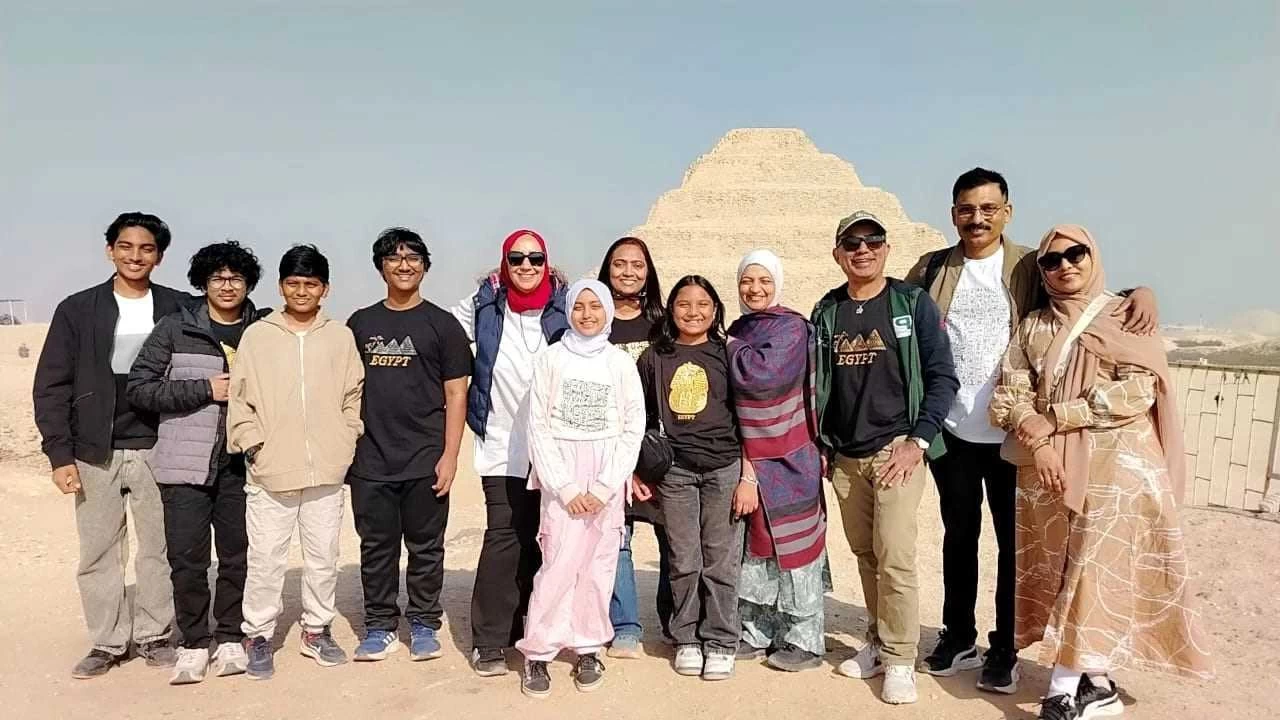
-webp.webp)
-webp.webp)
-webp.webp)
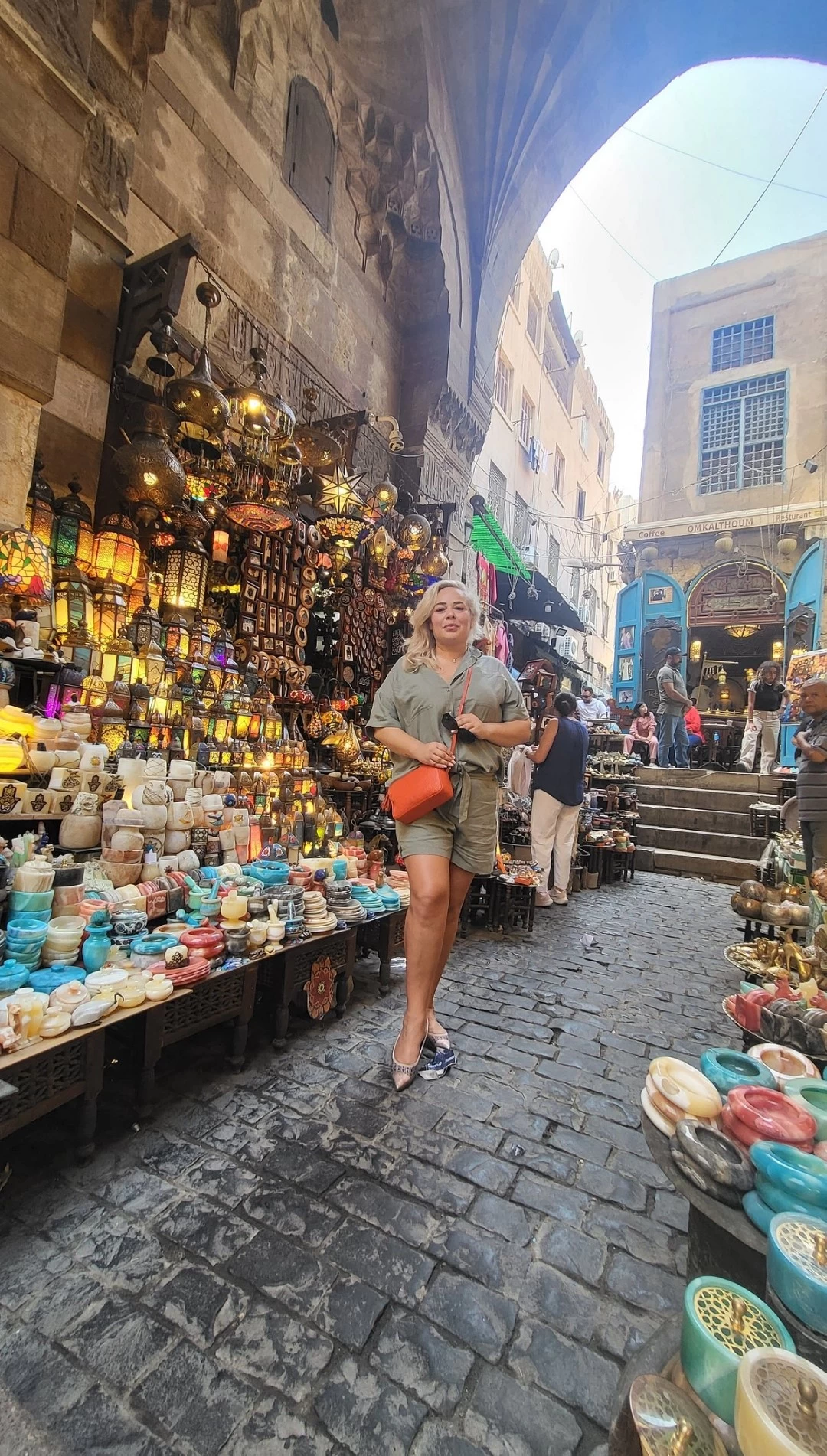
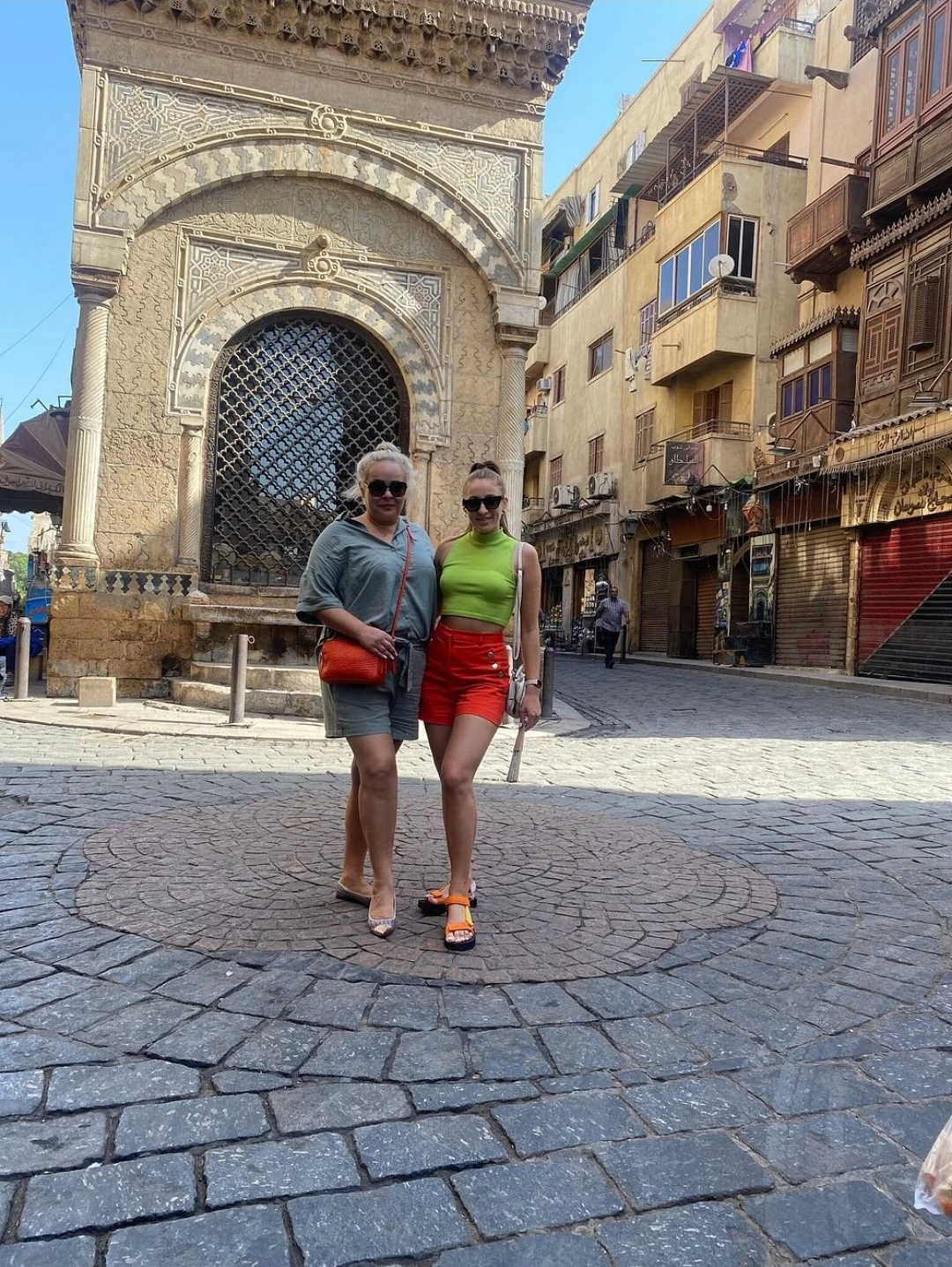



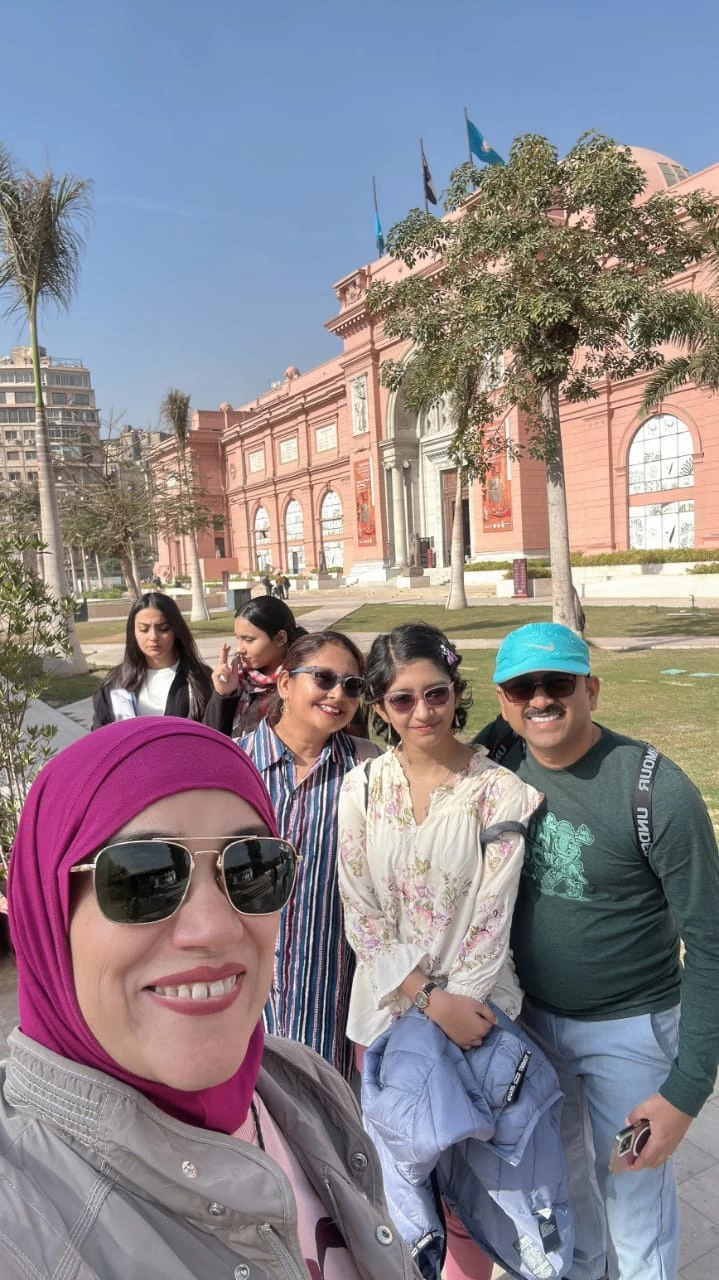
-webp.webp)
-webp.webp)

-webp.webp)
-webp.webp)
-webp.webp)
-webp.webp)
-webp.webp)
-webp.webp)



-webp.webp)

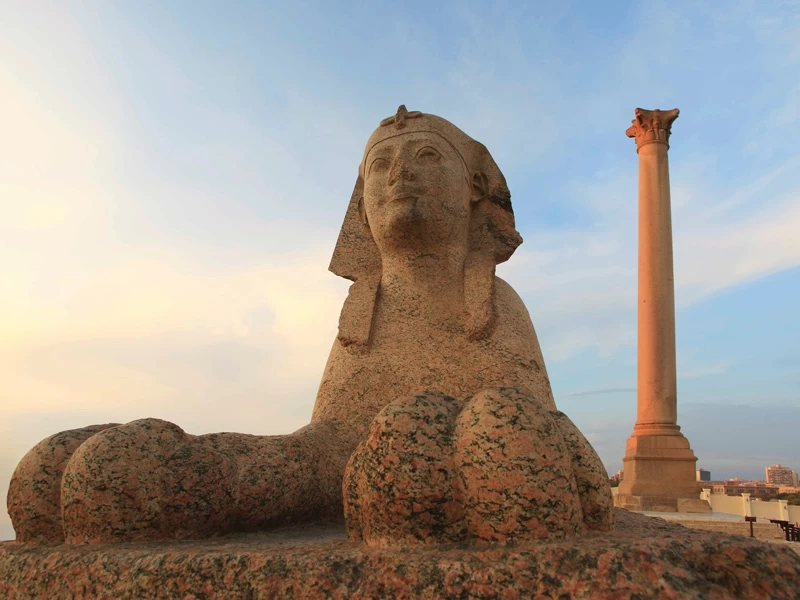




-webp.webp)
-webp.webp)










.png)

